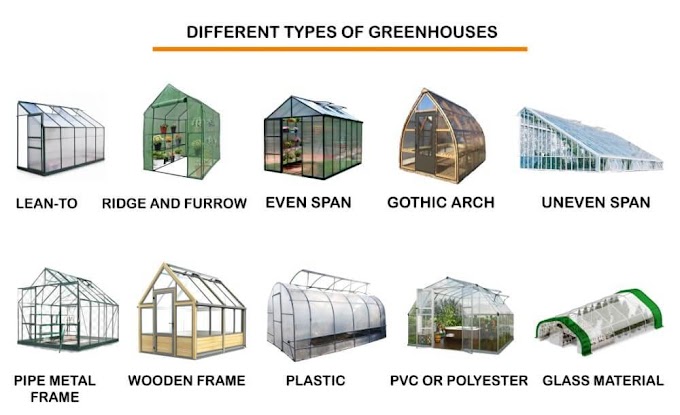It is also one of the leading producers of spices, fish, poultry, livestock and plantation crops.
India is the largest producer (25% of global production), consumer (27% of world consumption) and importer (14%) of pulses in the world.
As per the Third Advance Estimates, the estimated production of major crops during 2020-21 is as under:
Food grains – 308.65 million tonnes.
Rice – 122.27 million tonnes
Wheat – 109.52 million tonnes
Coarse Cereals – 51.15 million tonnes
Oil seeds - 361.91 million tonnes
Pulses – 25.72 million tonnes.
Area and Production
Area under agriculture in India is 127.59 mha and contribute 64% of total world food production.
Average yield of food grains is 2325 kg/ha
UP contribute maximum in production of food grains and Punjab stood 2nd in production.
Total Horticulture production is estimated to be 329.86 Million Tonne (Highest Ever). Which is an increase of about 9.39 Million Tonne (2.93%) over 2019-20.
Increase in production is registered over previous year in all categories viz. Fruits, Vegetables, Aromatics & Medicinal Plants, Spices and Plantation Crops except Flowers.
Fruits production is estimated to be 102.76 Million Tonne compared to 102.08 Million, Tonne in 2019-20, a marginal increase of 0.68 Million Tonne, contributed mainly by Banana, Jackfruit, and Mango.
The production of Vegetables is estimated to be 196.27 Million Tonne in 2020-21 compared to 188.28 Million Tonne in 2019-20, an increase of 4.24% contributed mainly by Potato, Onion, Brinjal and Cabbage.
Onion production is estimated to be 26.92 Million Tonne as against 26.09 Million Tonne in 2019-20.
Potato production is reported to be 53.69 Million Tonne against production of 48.56 Million Tonne in 2019-20, an increase of 5.13 Million Tonne (10.55% higher).
Food Consumption in India
The per capita consumption of cereals was higher in rural areas as compared to urban areas during the period studied.
The per capita cereal consumption showed a declining trend during 1972-94 in both rural and urban areas.
The decline was more pronounced in rural area (12.19%) than in the urban area (5.43%) during this period.
It was further found that consumption of rice increased by 6.54 per cent in rural area and by 6.66 per cent in urban area in 1993-94 over 1972-73.
In case of wheat consumption in rural areas, there was an increase by 13.39 per cent in 1993-94 over 1972-73 level.
The food grains production has increased at the rate of 2.68 per cent per annum during 1960-1999 which was mainly because of productivity growth (2.44%).







No comments:
Post a Comment